A comprehensive overview of the highlights of the "9th Wanxiang Blockchain Global Summit" on September 20.
Compiled by: Foresight News
On September 20, the second day of the 2023 Shanghai Blockchain International Week·Blockchain Global Summit hosted by Wanxiang Blockchain Lab, Microsoft's Chief Innovation Technology Advisor Xu Yutao, Wanxiang Blockchain General Manager Chen Bin, Hash Global Founder Shen Kang, and Wanxiang Blockchain Chairman Xiao Feng, who delivered the closing speech, shared their insightful views. (For a detailed review of the first day, see: "Next Stop, Web3.0 | Highlights of the First Day of the 9th Wanxiang Blockchain Global Summit")
Continuing the theme of "Next Stop, Web3.0," Microsoft's Chief Innovation Technology Advisor Xu Yutao delivered a keynote speech titled "AIGC Era and the Remix Innovation of Web3." He stated that the new wave of AI originated from OpenAI last year, but GPT technology was established two years ago. So far, the top four capabilities and use cases of OpenAI are content generation, summarization, code generation, and semantic search. "Content generation" is a direction in which Microsoft hopes to collaborate with Web3, and Microsoft embedded blockchain technology into its products several years ago.
Xu Yutao stated that Microsoft is integrating AI into every product, including New Bing, Azure OpenAI, Microsoft 365 Copilot, Dynamics 365 Copilot & Power Platform Copilot, GitHub Copilot, Security Copilot, and more. He believes that unlike Web2, our connection to the digital world is not about acquiring data, but rather plays a role in information connection in a new paradigm. This involves obtaining the other party's information, then using large language models and the processing of the human brain, as well as the interaction with Copilot's new productivity, to produce what we want. He believes that generative AI will have many Web3 scenarios, including encrypted education, transaction assistants, market updates, smart contracts, NFT exploration, community management, personalized alerts, and more.
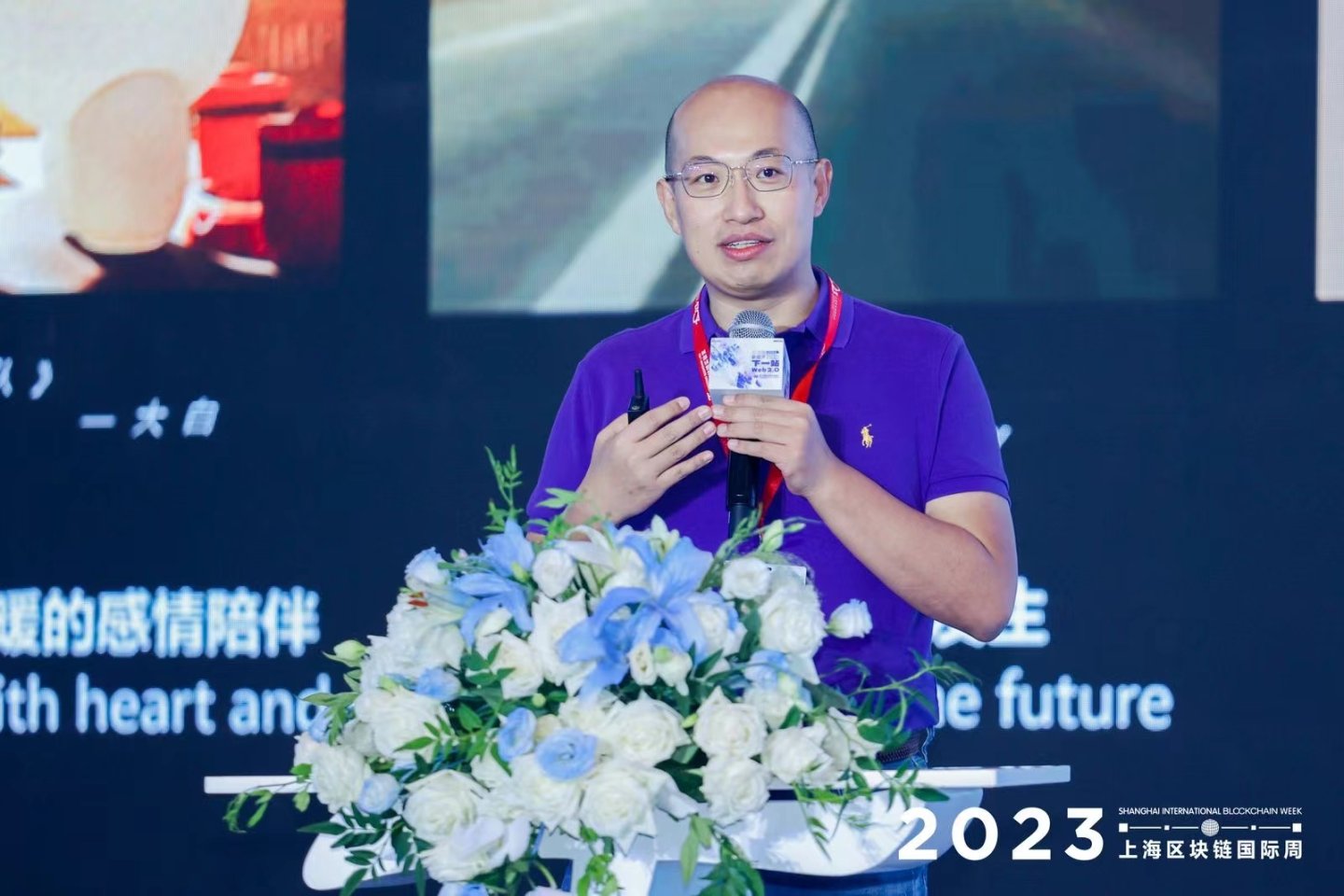
Lin Yao, CEO of aitos.io, shared in his keynote speech "BoAT3 IoT Oracle: Linking the Mathematical World" how to accelerate the construction of digital infrastructure using the DePIN model, as well as the IoT oracle service BoAT3 being explored by aitos.io, and how it plays a crucial role in connecting the trusted physical world and the digital world. BoAT3 (Blockchain of AI Things) is an open service for physical web oracles for DePIN applications, which can empower the rapid transformation of IoT devices in DePIN applications, achieve the capability of trusted data on-chain, and help the development team of DePIN focus more on polishing core business and community operations. In addition, Lin Yao stated that DePIN is one of the key paths connecting the physical world and real-world assets (RWA) with the digital world and the web3 world, and has the opportunity to become an important narrative in the next cycle.
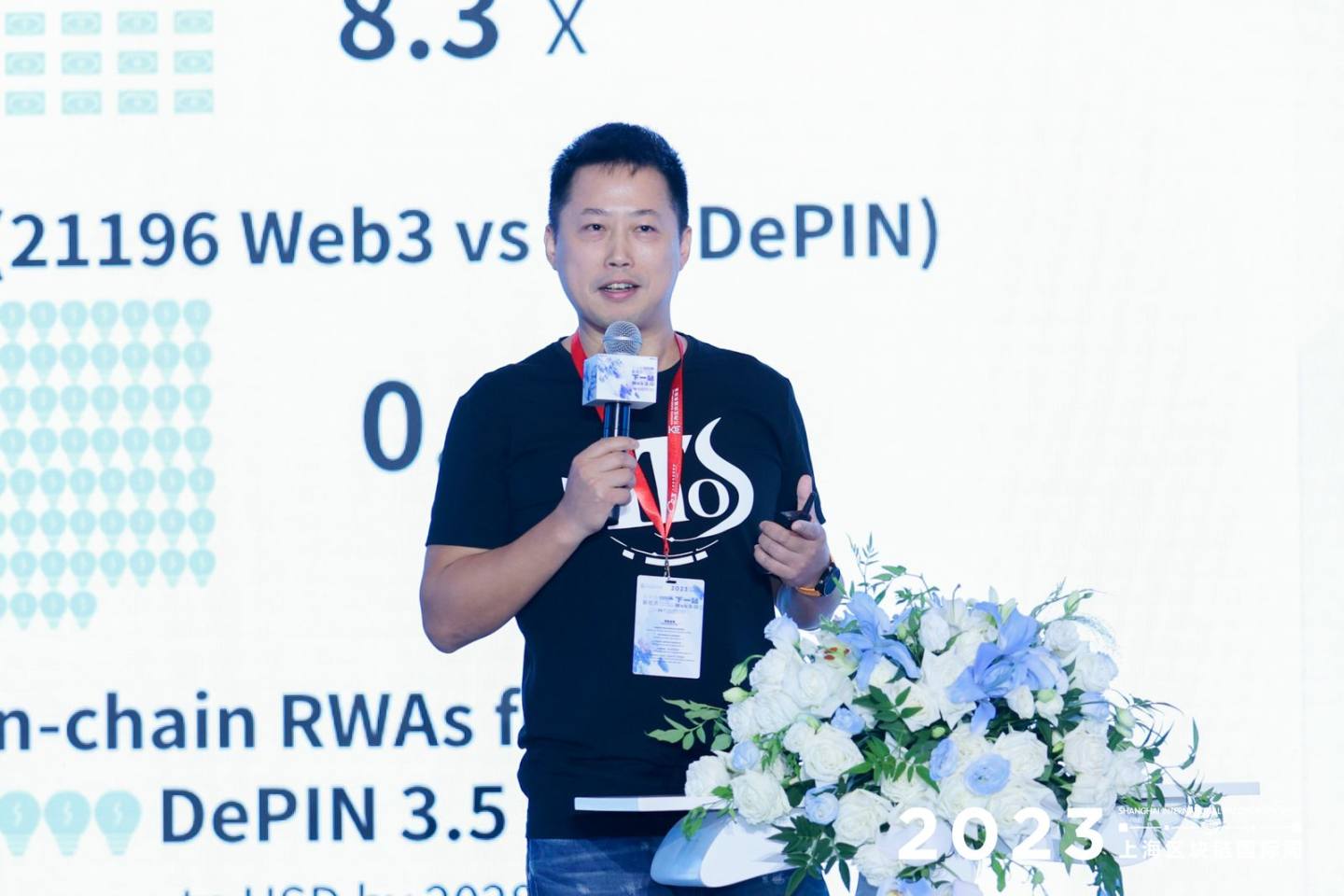
Yang Xiaohu, Deputy Director of the National Key Laboratory of Blockchain and Data Security at Zhejiang University, and Director of the Hangzhou High-tech Zone (Binjiang) Blockchain and Data Security Research Institute, stated in his keynote speech "Blockchain + Privacy Computing Empowers Data Element Circulation" that in the process of data element circulation, from the perspective of the lifecycle, it includes data collection, governance, pricing, and finally circulation. In this series of processes, there are many technical issues that need to be addressed. Among them, blockchain is very good at comprehensive digital identity, task collaboration, rights confirmation, authorization, establishment of rights, tracing, and source tracing. In addition, especially in the circulation process, when combined with privacy computing, it can achieve data circulation while ensuring data security, and at the same time, meet market requirements.
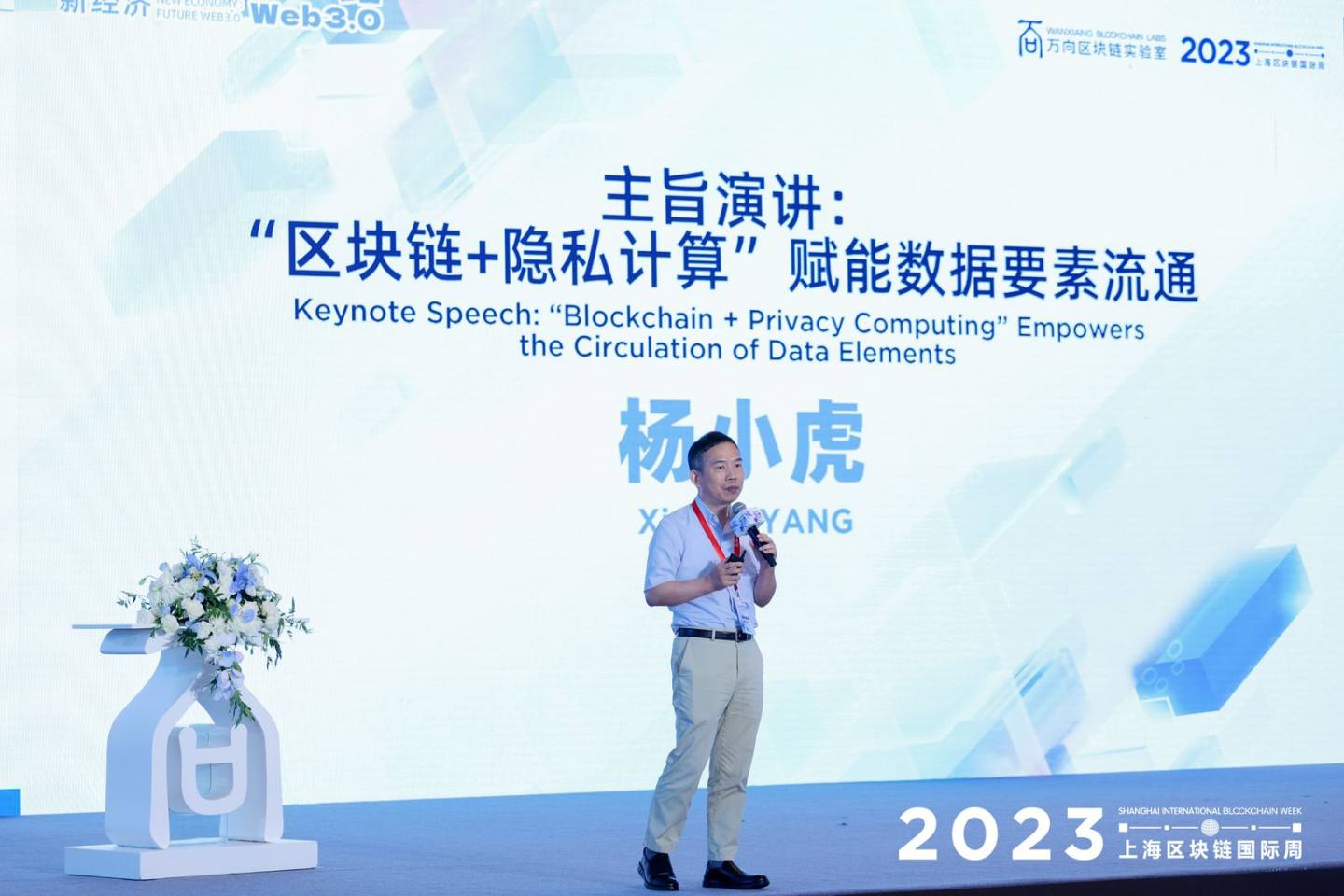
Chen Bin, General Manager of Wanxiang Blockchain, stated in his keynote speech "Trusted Digitalization of Assets is the Pass for the Integration of Real Economy into the Digital Economy" that Web3.0 may be an ideal economic paradigm for operating in the digital economy. When it has the updated value of the interests of the stakeholders in the capitalist model of the new economy, it is necessary to bring the large-scale real economy into this field to promote the development of the entire industry. In addition, when discussing "how trusted digitalization of assets empowers the integration of the real economy and the digital economy," Chen Bin cited four cases: trusted circulation of supply chain assets, trusted operation of battery assets, trusted pledge of oil storage assets, and trusted monitoring of biological assets. He stated that trusted digitalization of assets is still doing things related to Web2.5, solving the problem of financing under traditional finance. Of course, this is a necessary stage. Like Web3.0, especially when real assets need to be tokenized and become a new economic model of stakeholder economic sharing in the blockchain and Web3.0 value network, we may still have a very long way to go. (Full review: "Wanxiang Blockchain General Manager Chen Bin's Speech: Trusted Digitalization of Assets is the Pass for the Integration of Real Economy into the Digital Economy")
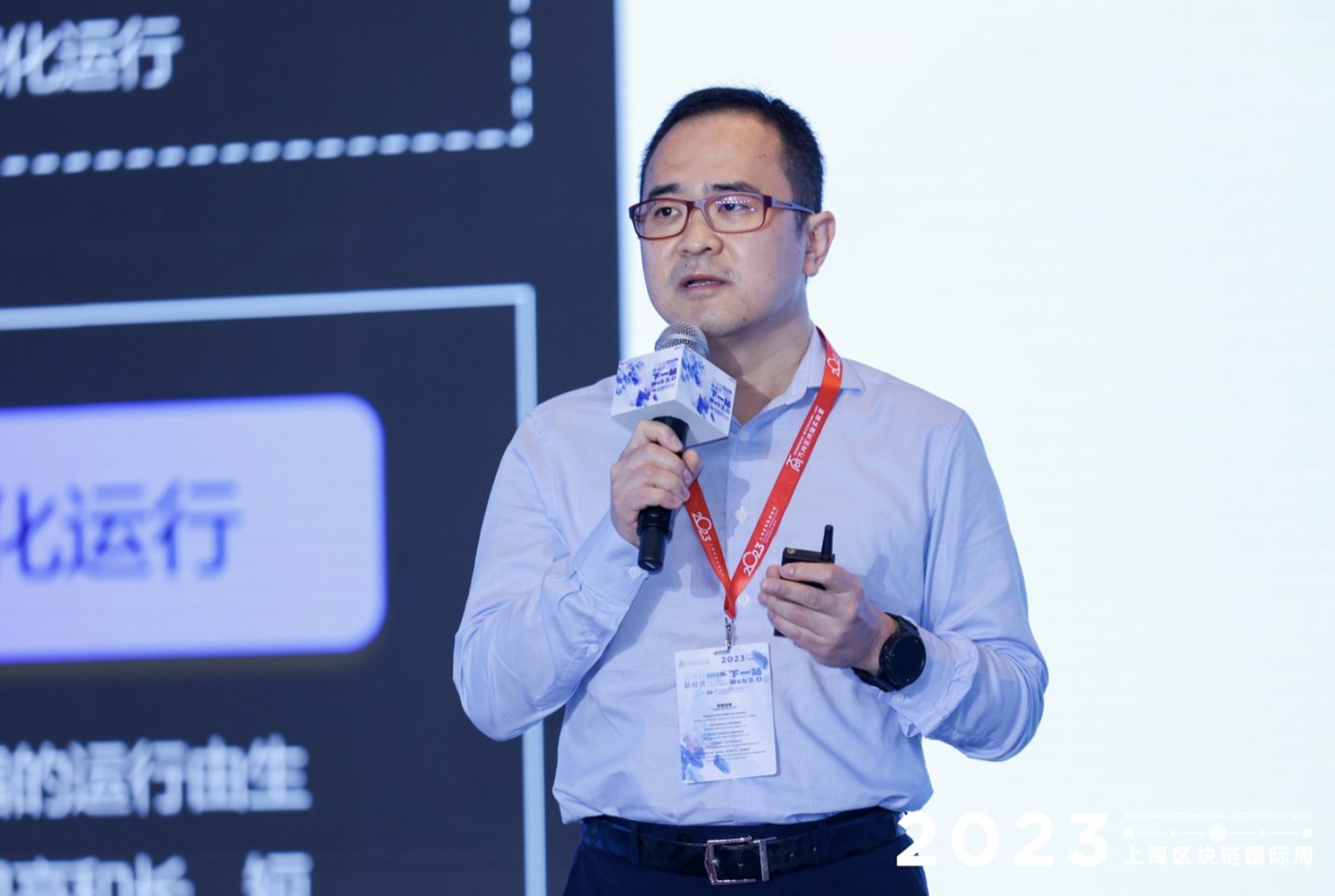
Du Yu, Head of Wanxiang Blockchain Lab, Li Wei, Founder and CEO of Qulian Technology, Yuan Liwei, Chief Architect of Ant Financial's Blockchain Platform, and Xu Wei, Director of the Shanghai Operations Center of the Industrial Internet and IoT Research Institute of the China Academy of Information and Communications Technology, delved into the theme of "Industrial Blockchain, Where to Add Oil for Web3?" and discussed in depth the questions of "What bottlenecks are encountered in the process of combining blockchain with various industries?" and "How will the future break through?"
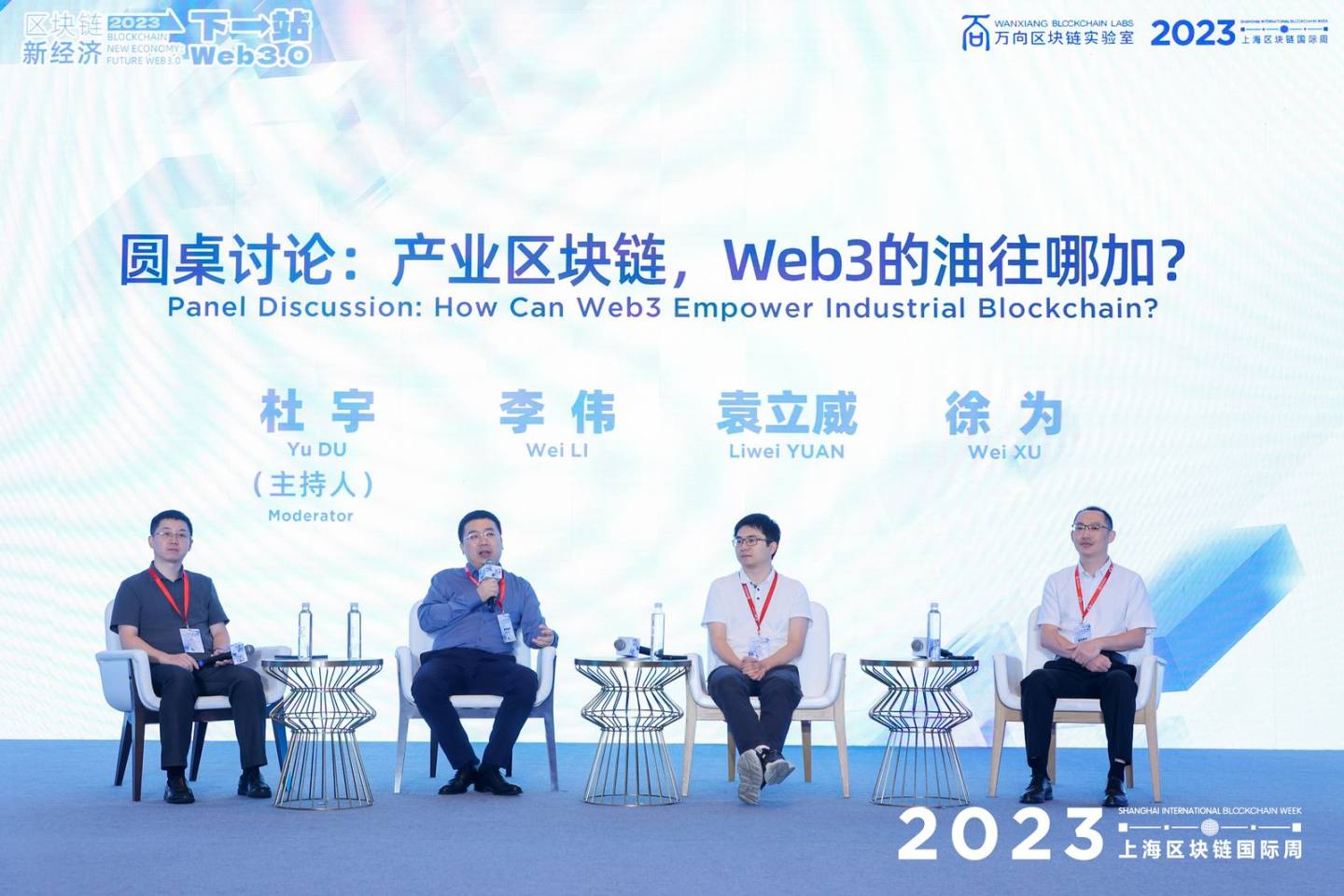
In the afternoon, Peter Vessenes, Founder of C6E, delivered a keynote speech on "Machine Interaction Economy in the AI Era," stating that when considering how to closely integrate the ecosystem of Web3 with the underlying value of AI, it is necessary to consider three important factors: transaction speed, identity, and the AI economy.
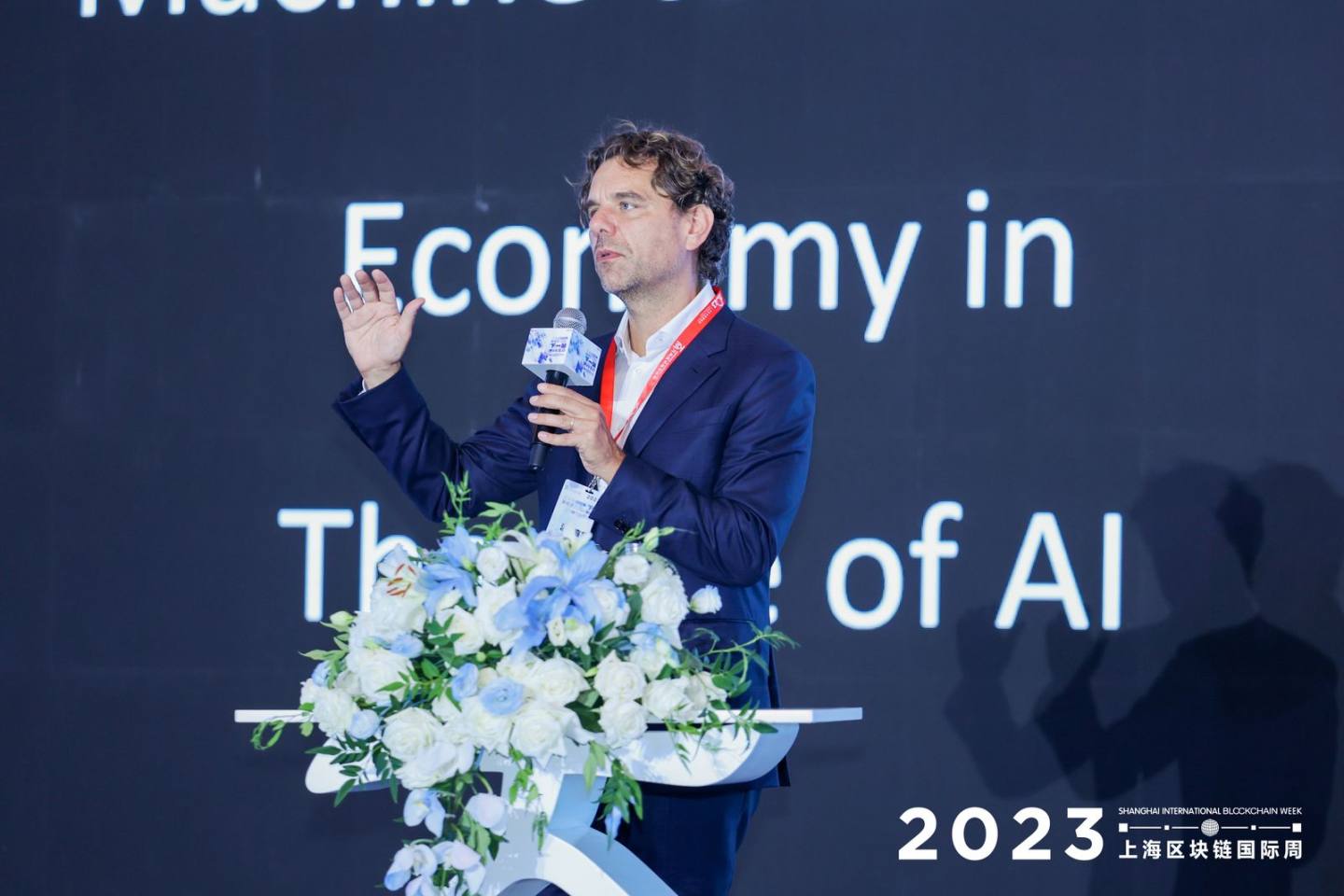
- Smart Token Labs CEO and Co-founder Victor Zhang, in his keynote speech on "ERC-5169: A New Smart Token Standard for Mainstream Applications," stated that for Web3 or Tokenization to truly achieve Mass Adoption and connect with the real economy, true Mass Adoption will only occur when these two conditions are met. This means that when consumers can have a better experience through Tokenization, not just because of the need to earn investment returns, and when businesses can truly achieve greater efficiency through Tokenization, rather than just trying out a few NFTs or co-branding. This requires us to look at Tokenization from a larger and broader perspective, and to understand what Token can actually be used for and the broader significance of Tokenization.
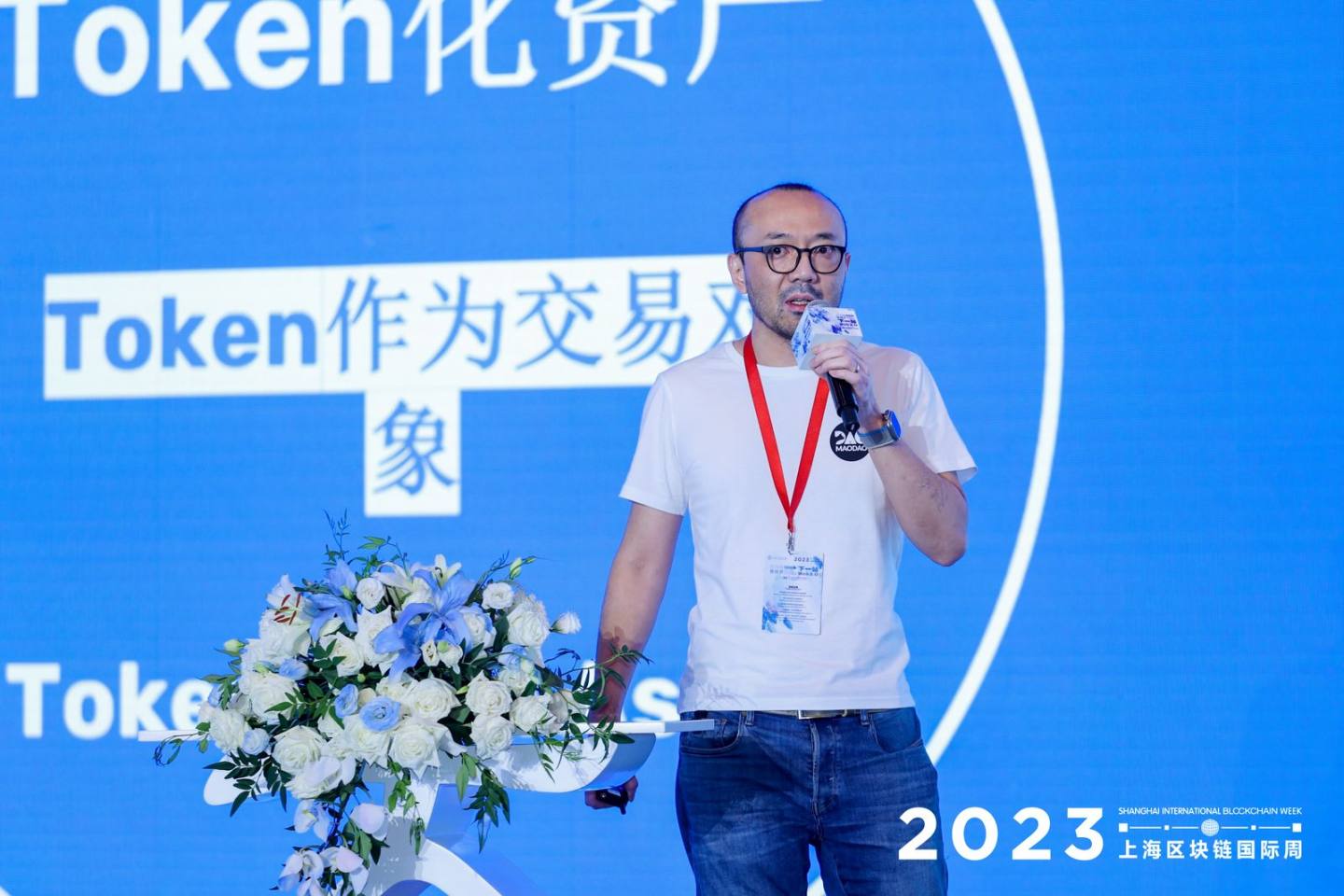
- Yusuke Ito, Representative Director of the Japan Content Blockchain Alliance, presented the theme "JCBI's Practice in Ensuring Safe and Secure Global Distribution of Digital Content." JCBI's mission is to truly use blockchain technology to achieve safe and reliable sharing of content for Japanese creators.
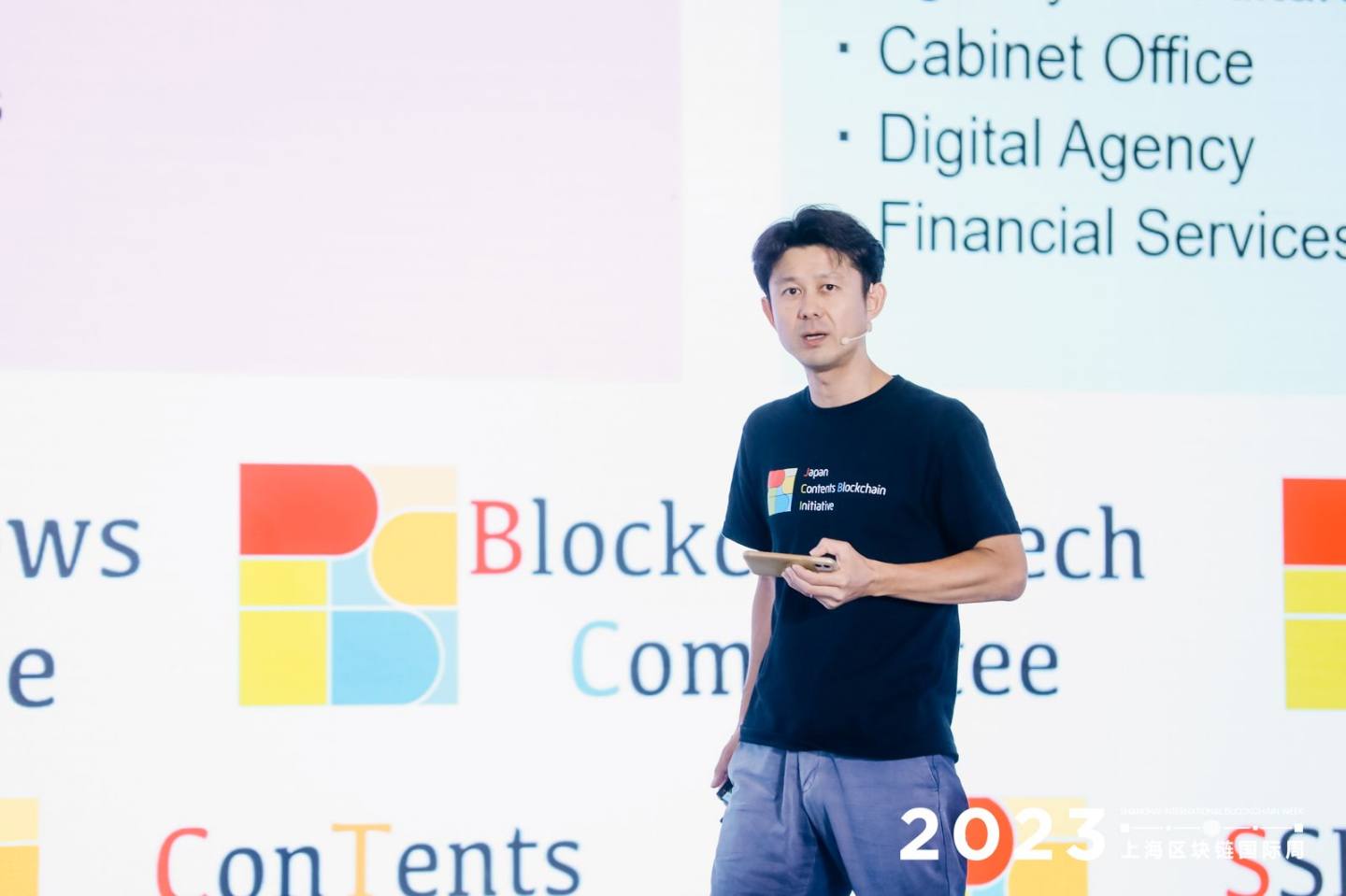
- In a roundtable discussion, rct.ai Co-founder Xiankun Wu, INOVAI TECH Co-founder Kiki, MyShell Co-founder Ethan SUN, Lamina1 CEO Rebecca Barkin, and SingularityNET CEO Ben Goertzel (online) discussed the theme "Is AI More Suitable for Web3 than Humans?"
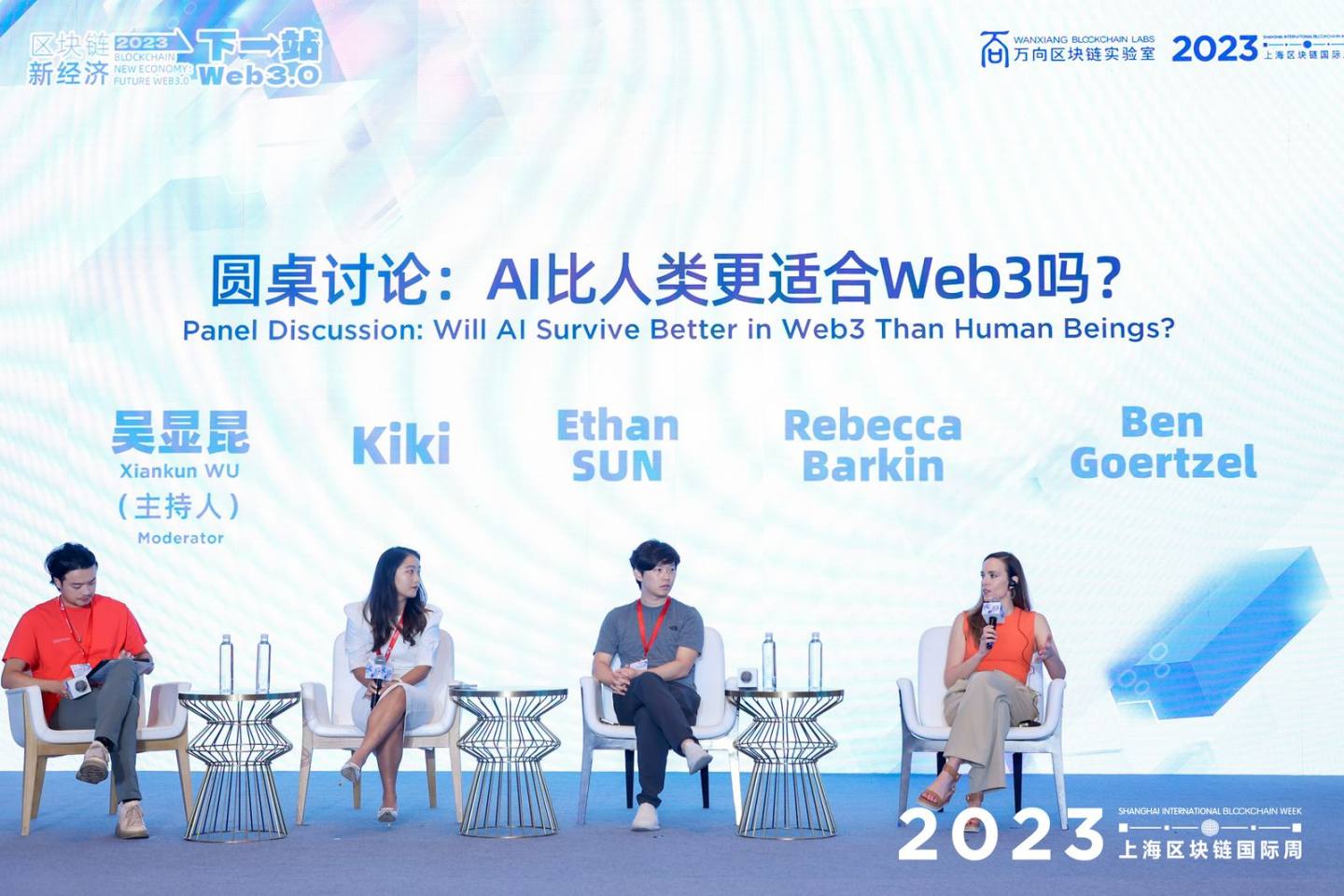
- Founder of Hash Global, Shen Kang, stated in his keynote speech "Web3's Mass Adoption May Be Achieved First in China" that Web2 was platform-centric, while Web3 brings a truly user-centric business model. To achieve a user-centric experience, the core is data empowerment, and the medium is NFT. He believes that 2023 to 2025 is the "iPhone moment" for Web3, with over a hundred million users starting to use Web3, with the majority in China. He stated that Web3's large-scale adoption requires Killer Apps, a greater number of applications, seamless and legal payment channels for Web2 users, public databases for storing data and assets, and embracing regulation.
Shen Kang believes that China can use consortium chains for Web3, without compromising on user experience, data openness, and ownership return. Compromises can be made in payment currency and universal IDs. He believes that China has the conditions to achieve large-scale adoption first, due to its large internet user market and economic scale, as well as potential advantages in internet application layers. For example, the infrastructure of China Mobile, China Unicom, and China Telecom is globally leading, and consortium chain public databases such as WeChat Pay, Alipay, digital Hong Kong dollars, digital RMB, and Chang'an Chain are also globally leading.
Finally, Shen Kang stated that Hash Global has also entered the game, incubating the fan club platform Cat Island based on Web3 and NFT technology, creating private domain traffic management tools for KOLs, allowing fans to permanently retain their "cultural footprint." Cat Island can connect with people, create a Web3 membership system, and activate fan economy.
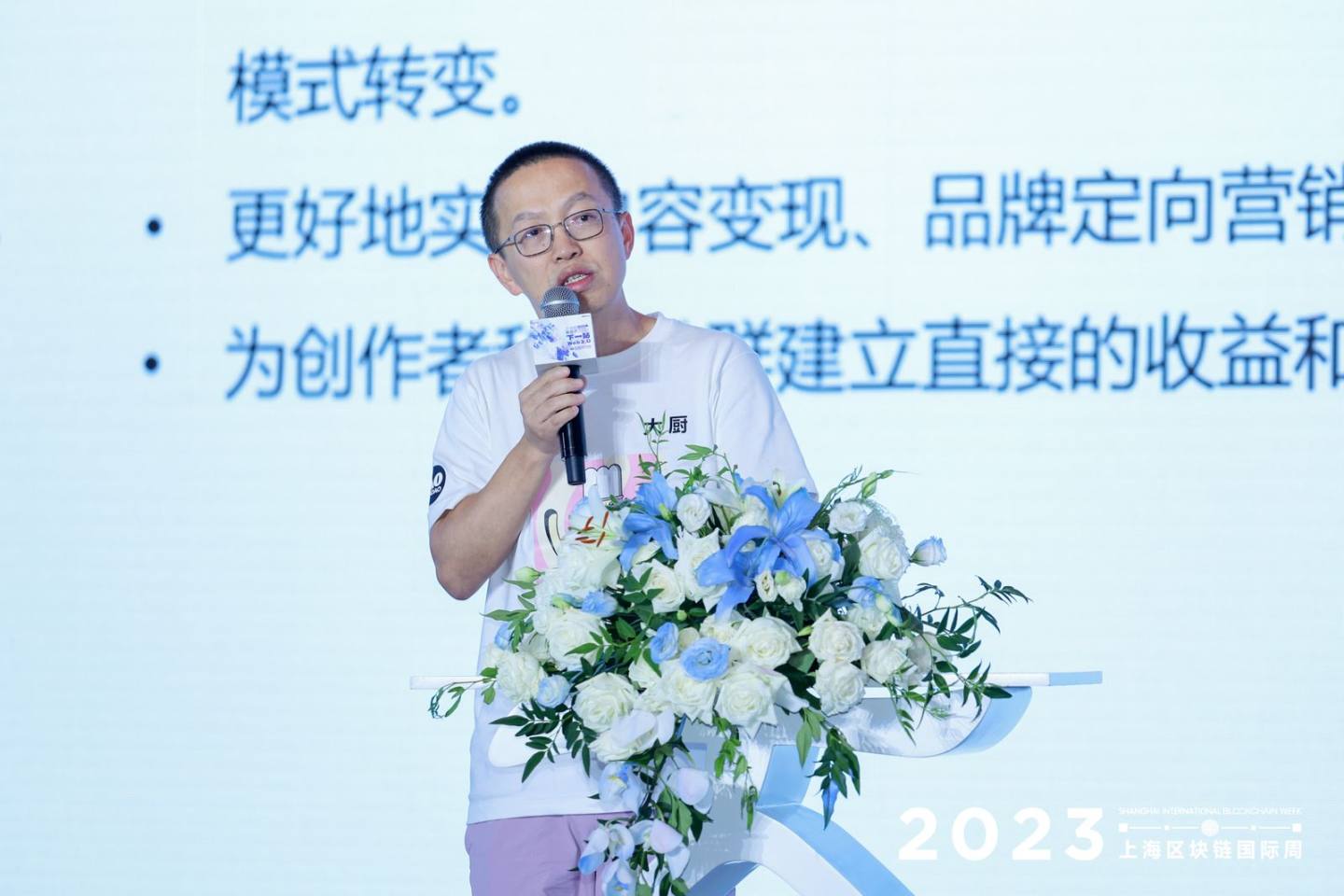
- Animoca Brands Co-founder and Chairman Yat Siu delivered a keynote speech online on "Marketing in the Web3 and Property Digitalization Era," stating that Web3 provides a completely new market, which is decentralized autonomous organizations (DAOs) based on communities. He also introduced the Mocaverse platform, an interactive platform with many autonomous organizations that will be integrated into the NFT system and can create an identity system.
During the roundtable discussion "Is Web3 on the Eve of Mass Adoption?" Hanjing Liang, Director of Financial Services and FinTech at Invest Hong Kong, stated that in terms of the development stage of the internet, if we were to divide it into stages from 1 to 10, Web3 is currently at stage 3. The Hong Kong government believes that at this stage, it is important to establish a solid foundation for regulation, law, and other infrastructure. Regarding the opportunity for mass adoption of Web3, he shared from the perspective of the financial sector, stating that the Hong Kong Monetary Authority will release a stablecoin licensing framework next year. Currently, many countries, including Singapore and Canada, are very interested in stablecoins. The application scenarios for stablecoins include cross-border payments, especially in emerging markets such as Africa and Latin America, where there is a high demand for stablecoin payments due to severe currency devaluation and inflation. However, users face the problem of service providers running away. Therefore, if licensed stablecoins are issued, a friendly regulatory environment will drive new technologies and tools.
Hanjing Liang stated that killer products are not necessarily innovative; traditional products can also be improved. Therefore, from the perspective of Hong Kong and its position in the country, using RWA and STO financing may be a killer product. Because Hong Kong is an international asset financing hub, the cost of listing on the Hong Kong Stock Exchange generally ranges from 20 to 30 million Hong Kong dollars, but using RWA and STO for financing can save 3% of the cost, thus reducing the cost. He stated that in the past, invested funds generally remained untouched for ten years, but due to the economic environment in recent years, the exit time for funds is relatively short. Therefore, using STO and RWA for financing can shorten the exit time to one year, increasing liquidity.
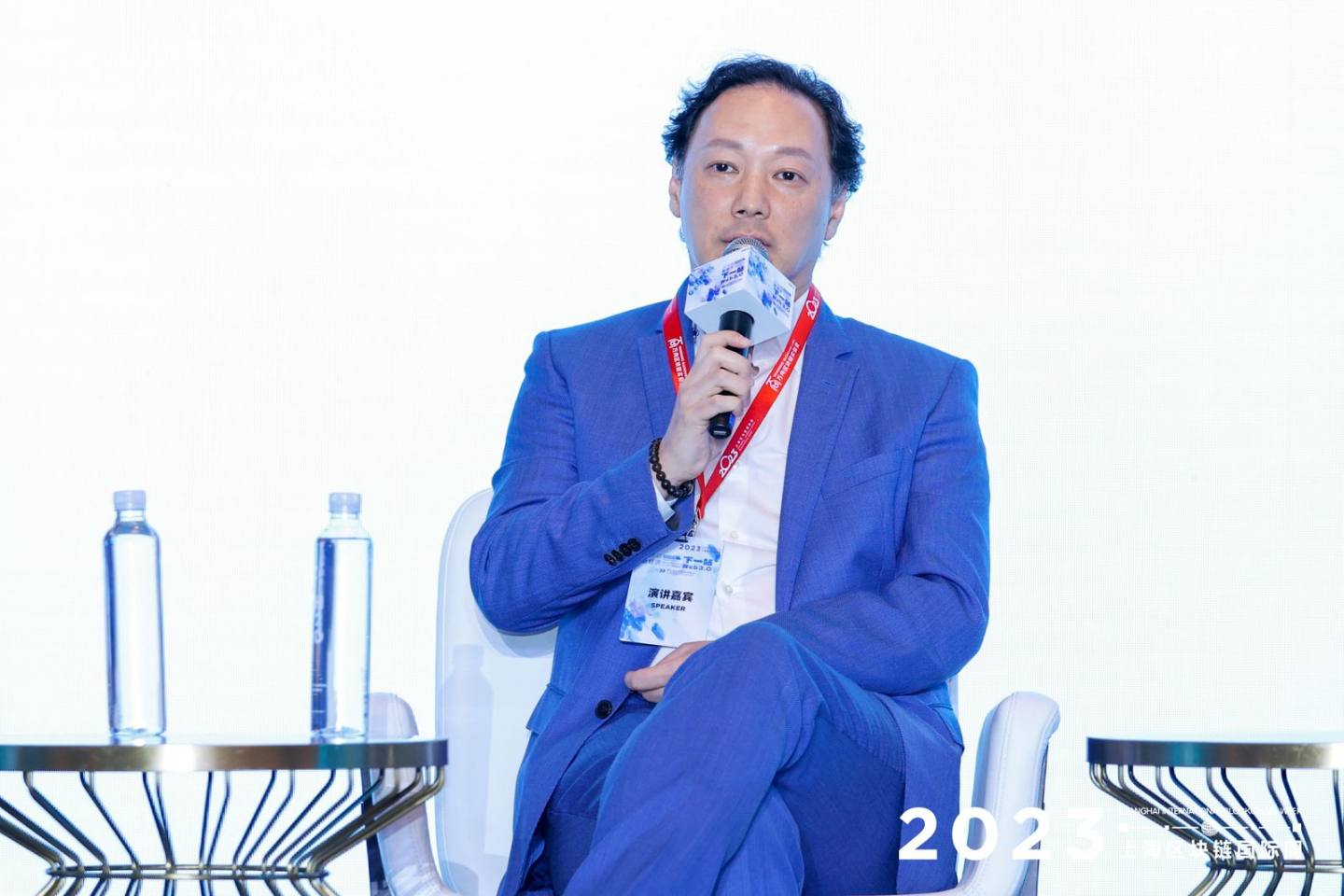
- At the end of the conference, Wanxiang Blockchain Chairman Xiao Feng delivered a keynote speech on "Web3.0 and the Virtual Asset Policy Declaration of the Hong Kong Special Administrative Region," bringing the 2023 Shanghai Blockchain International Week·Blockchain Global Summit to a successful conclusion. In his speech, Xiao Feng analyzed the content and purpose of the Hong Kong Virtual Asset Policy Declaration from the perspective of the market and practitioners. He pointed out that the emergence of Hong Kong International Financial Center 2.0 (virtual asset market) signifies a change in the institutional foundation from Shareholder Capitalism to Stakeholder Capitalism, involving non-profit organizations, open-source organizations, and other structures. The Hong Kong Special Administrative Region's Virtual Asset Policy Declaration is related to the status of the Hong Kong International Financial Center, the updated functions of Hong Kong in serving the mainland, and the transformation and upgrade of the city's economy.
Xiao Feng stated that the goals of the Hong Kong International Virtual Asset Center policy include using Tokenization to serve the real economy, supporting technological innovation, and upgrading the financial center. The four-tier structure of the Hong Kong International Virtual Asset Center includes active secondary trading (trading), effective primary markets (issuance), centralized industry services (virtual assets), and a rich industrial ecosystem (Web3.0).
Xiao Feng stated that in the digital economy, usage rights are more important than ownership, and Token is the tool for capturing the value of usage rights.
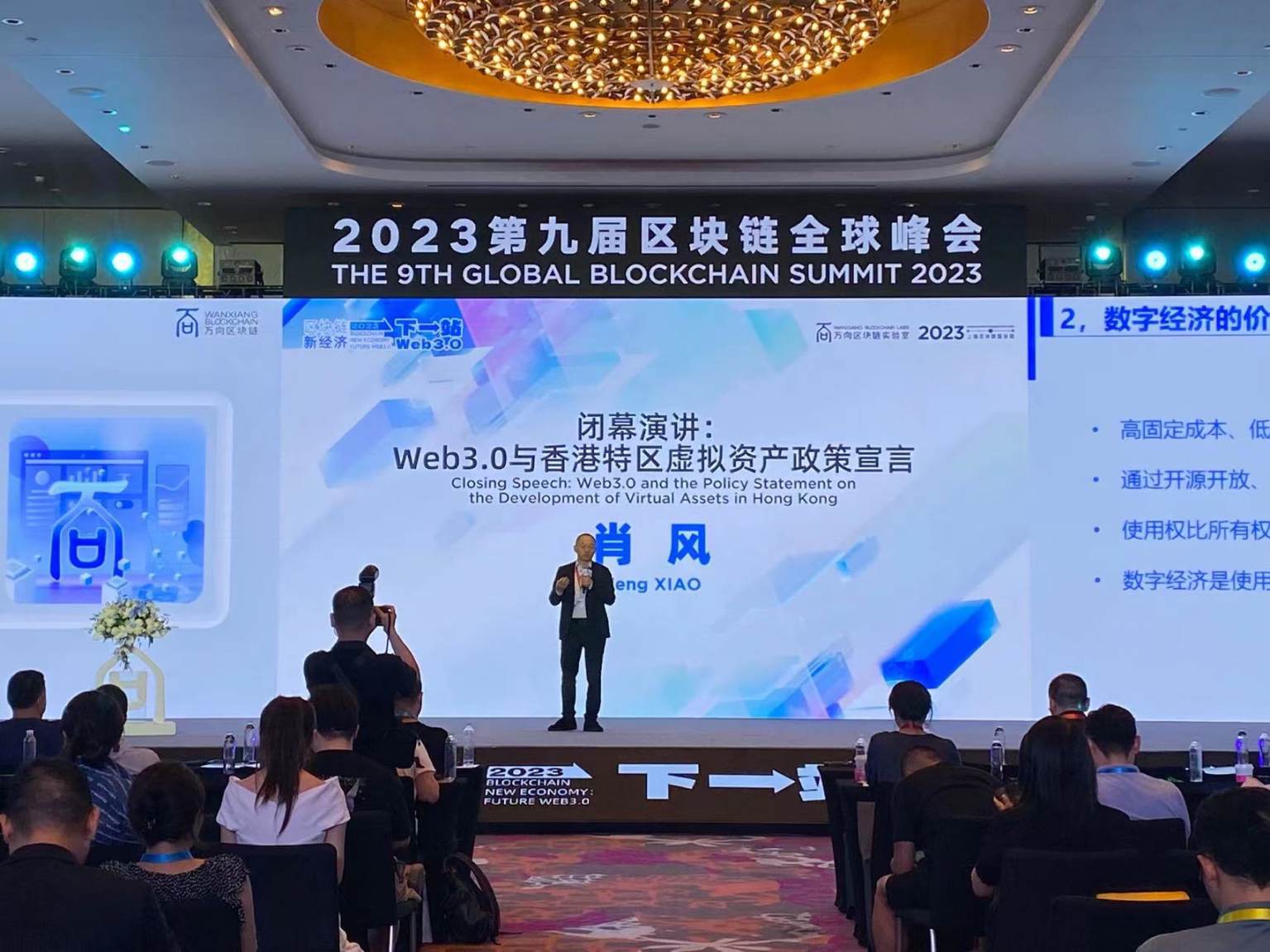
免责声明:本文章仅代表作者个人观点,不代表本平台的立场和观点。本文章仅供信息分享,不构成对任何人的任何投资建议。用户与作者之间的任何争议,与本平台无关。如网页中刊载的文章或图片涉及侵权,请提供相关的权利证明和身份证明发送邮件到support@aicoin.com,本平台相关工作人员将会进行核查。




